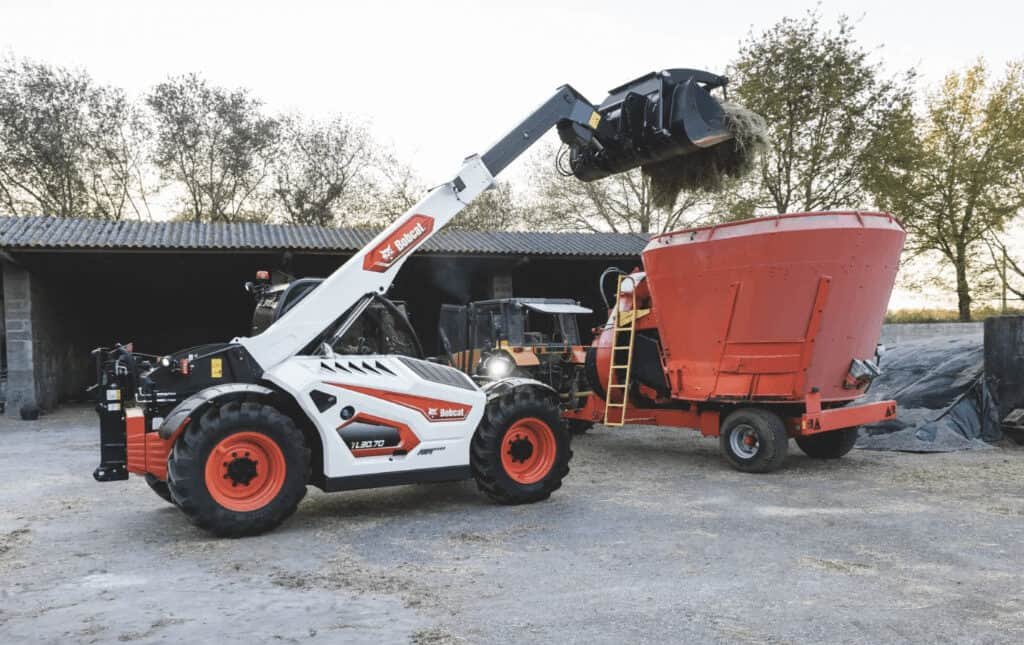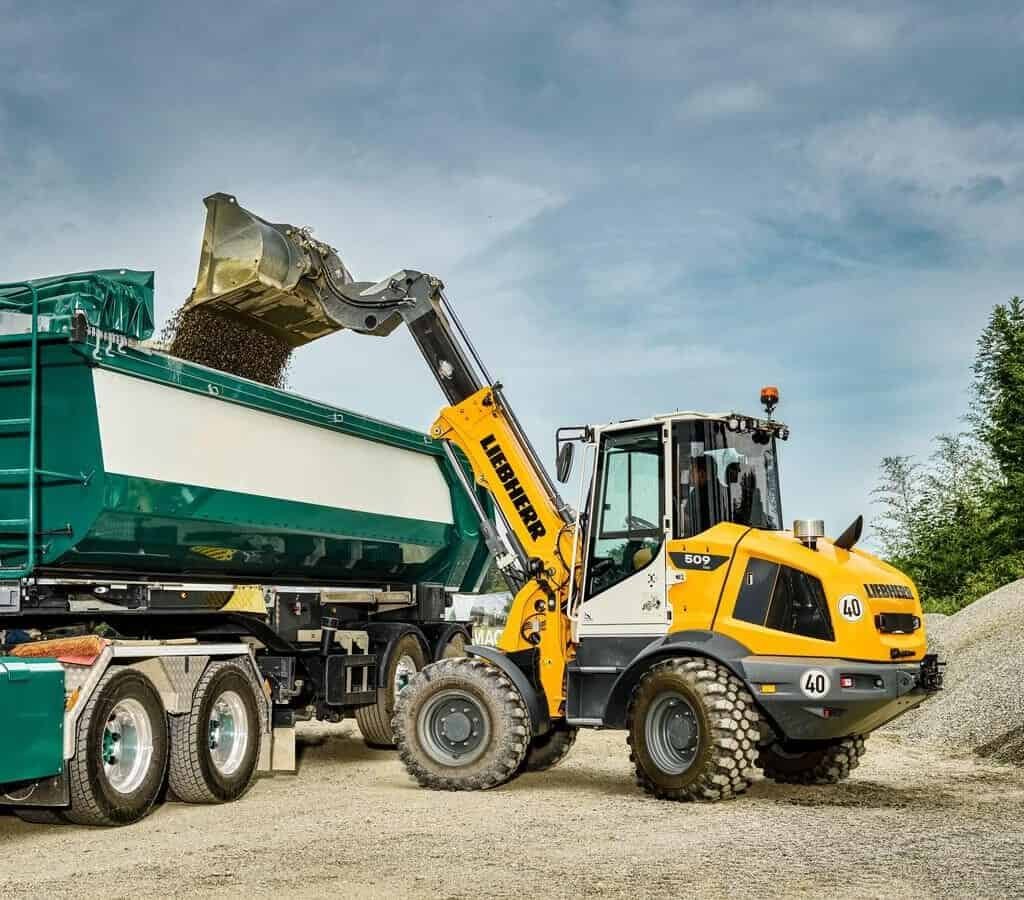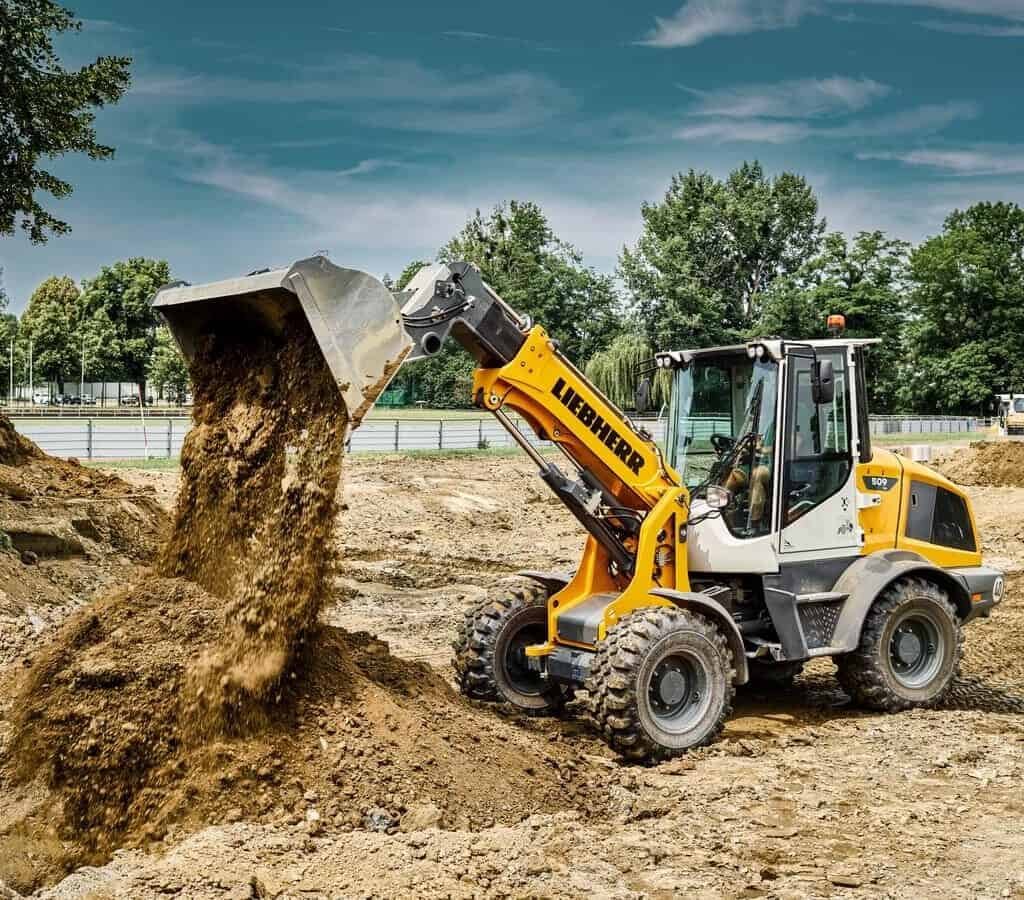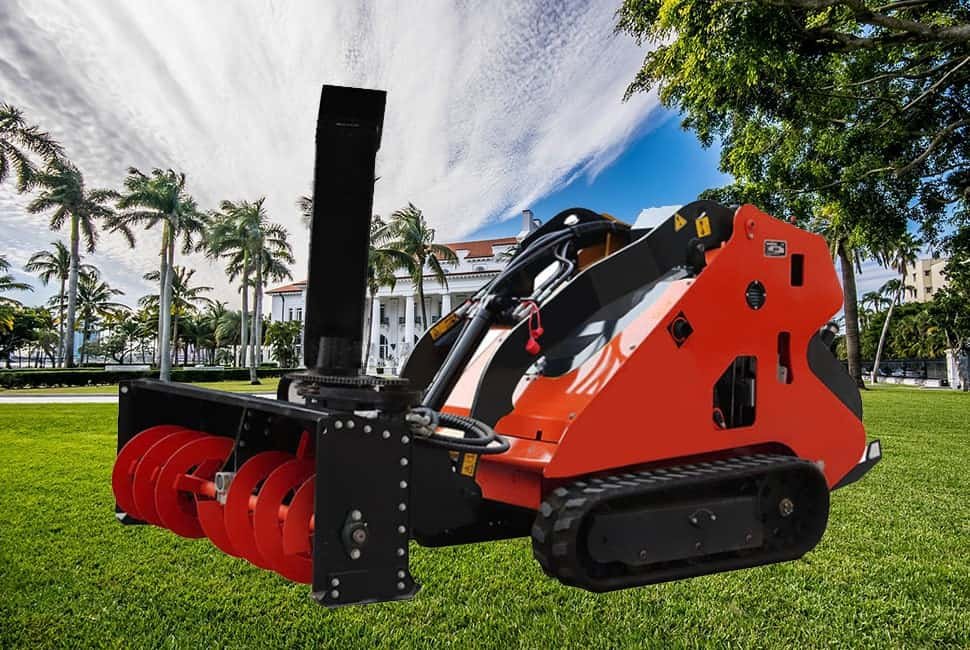Introduction
Are you a construction contractor looking to improve efficiency on your construction site? Investing in a telescopic loader could be a smart move for your business. This versatile machine can perform a variety of tasks, especially with its telescopic boom, which can lift and carry heavy objects to high places that are difficult to reach with other equipment.

However, with so many options available, choosing the right telescopic loader for your business can take time and effort. We’ve put together this guide to help you navigate the process. In this post, we’ll cover the key factors to consider when selecting a telescopic loader to meet your needs and help you achieve your goals.
By taking the time to consider factors like lift capacity, reach, and budget, you can narrow down your options and focus on the models that are best suited to your needs. With the right telescopic loader in your arsenal, you can improve your efficiency, save time and money, and take your business to the next level. Ready to learn more? Discover our top tips for choosing the right telescopic loader for your business.

- Identify Your Needs
Before shopping for a telescopic loader, it’s essential to identify your specific needs. Consider the types of jobs you’ll be using the machine for, the materials you’ll be lifting and transporting, and the environments you’ll be working.
Start by thinking about lift capacity. How heavy are the materials you’ll be moving, and how much weight will the machine need to support? Evaluation will help you determine the minimum lift capacity you’ll need.
Next, consider reach. How high do you need the machine to reach, and how far out do you need it to extend? Reach depend on the height and distance of the areas you need to access.
It’s also essential to think about maneuverability. Will you be working in tight spaces or on rough terrain? If so, you’ll need a machine with good maneuverability and stability.
By identifying your specific needs upfront, you can narrow your options and find a telescopic loader suited to your business. Keep these factors in mind as you begin your search, and you’ll be well on your way to making an intelligent investment for your business.

- Consider Your Budget
Choosing a telescopic loader for your business is not just about finding a machine that meets your needs but also fits your budget. Telescopic loaders come in various prices, so it’s essential to determine how much you can afford to spend before you start shopping.
When considering your budget, think about more than just the upfront price of the machine. Consider the long-term costs, such as maintenance, repairs, fuel, and other operating expenses. It’s also worth considering the machine’s resale value, as this can impact your total cost of ownership over time.
Balancing features and cost is essential when deciding how much to spend on a telescopic loader. While advanced features like remote controls or automatic leveling can improve efficiency and productivity, they can also significantly increase the machine’s price. Determine which elements are essential for your business and which are not.
Lastly, consider potential long-term savings from investing in a high-quality telescopic loader. A more efficient and reliable machine can reduce labour costs and downtime, saving you money in the long run.
By carefully considering your budget and weighing the cost versus the benefits, you can invest in a telescopic loader that will serve your business well for years. Let’s talk about evaluating the lift capacity of the telescopic loader.

- Evaluate The Lift Capacity
One of the most important factors to consider when choosing the right telescopic loader is its lift capacity. Lift capacity refers to the amount of weight the machine can safely lift and transport, and it’s critical to ensuring that the loaders can handle the materials you need to move.
Consider the heaviest materials you’ll be moving when evaluating lift capacity. Ensure your chosen machine can lift and transport this weight safely and efficiently. Keep in mind that overloading the loader can not only damage it but also create a safety hazard for your workers.
It’s also important to consider how the lift capacity changes as the machine’s reach increases. A machine with a high lift capacity close to the loader may not be able to handle a little weight when fully extended. Be sure to check the lift charts for each loader you’re considering to ensure that the lift capacity is sufficient for your needs at all reach distances.
Remember that having a machine with a higher lift capacity than you need can be beneficial in case you need to lift heavier materials in the future. However, balancing lift capacity and other factors, such as reach and maneuverability, is crucial.
By carefully evaluating the lift capacity of each machine you’re considering, you can choose the right telescopic loader that will safely and efficiently handle the materials you need to move daily. Next is how to evaluate the reach feature of the telescopic loader.

- Evaluate The Reach
When choosing the right telescopic loader, evaluating its reach is another critical factor. Reach refers to the maximum height and distance the machine can extend, and it’s essential to ensure that the loader can reach the areas you need to access.
Consider the height of the areas you need to access and the distance from the machine. If you work in rooms with high ceilings or tall structures, you’ll need a loader with a higher reach. Similarly, working in areas with limited access requires a machine with a longer horizontal reach.
It’s also important to consider the machine’s load chart when evaluating reach. As the machine’s reach increases, the maximum lift capacity may decrease. Be sure to check the load chart for each loader you’re considering to ensure that it can safely lift the materials you need to move at all reach distances.
Remember that reach isn’t just about height and distance. It’s also about maneuverability. A machine with a longer reach may be more maneuverable than one with a shorter reach, making it easier to work in tight spaces.
By carefully evaluating the reach of each machine you’re considering, you can choose the right telescopic loader that can safely and efficiently access the areas you need to work while also providing the necessary lift capacity to move your materials.

- Consider The Attachments
When choosing the right telescopic loader for your business, it’s essential to consider the attachments available for the machine. Different extensions can significantly expand the machine’s capabilities and allow it to perform a broader range of tasks.
Some standard attachments for telescopic loaders include buckets, forks, grapples, and lifting hooks. Each extension is designed for a specific task and can significantly increase the efficiency and versatility of the machine.
Consider the types of materials you’ll be moving and the tasks you’ll be performing. A bucket attachment may be essential for carrying loose materials such as dirt or gravel. A fork attachment may be necessary to lift and move pallets or other loads.
It’s also important to consider the ease of attaching and detaching the different attachments. Some machines have quick-attach systems allowing easy and fast attachment changes, while others may require more time and effort to switch between extensions.
When considering attachments, also consider the weight and size of the extensions. Make sure the machine you choose can safely and efficiently handle the importance of the extension and the materials it will be moving.
By carefully evaluating the available attachments for each machine you’re considering, you can choose the right telescopic loader equipped with the extensions you need to get the job done quickly and efficiently. Let’s talk about manufacturers when dealing in the telescopic loader business.

- Look At The Manufacturer’s Reputation
When choosing the right telescopic loader, it’s essential to consider the manufacturer’s reputation. A manufacturer with a good reputation is likelier to produce reliable, high-quality machines that will last years.
Start by researching the different manufacturers that produce telescopic loaders. Look for reviews and feedback from other contractors who have used their machines. Check industry publications and websites for information on the reliability and quality of the loaders produced by each manufacturer.
Consider the warranty and support offered by each manufacturer. A manufacturer that stands behind their products with solid security and excellent customer service can provide peace of mind and help with any issues or problems.
It’s also important to consider the availability of parts and services for the machines produced by each manufacturer. Choose a manufacturer with a dealer and service provider network in your area to ensure that any needed repairs or maintenance can be quickly and easily performed.
Finally, consider the history and longevity of the manufacturer. A company that has been in business for many years and has a proven track record of producing high-quality machines is more likely to continue producing reliable, durable telescopic loaders.
By carefully evaluating each manufacturer’s reputation, you can choose the right telescopic loader from a reputable and reliable manufacturer that will meet your needs and provide long-lasting value for your business.

Conclusion
In conclusion, choosing the right telescopic loader for your business requires careful consideration of several vital factors. By identifying your needs, evaluating your budget, and considering the lift capacity, reach, attachments, and manufacturer’s reputation, you can select a machine that will meet your specific requirements and provide long-lasting value for your business. Take your time with the decision; take the time to research and compare different options to ensure that you make an informed choice. With the correct telescopic loader, you can improve the efficiency and productivity of your operations, saving time and money in the long run.
FAQs
What size telehandler do I need?
The size of the telehandler you need depends on your business needs, such as load weight, required height, reach available operating space, and attachment requirements.
What is the most common telehandler?
The most common telehandler varies depending on the region and industry, but some popular models include JCB 540-170, Manitou MT 625, Genie GTH-5519, and Caterpillar TH255C.
What is the maximum lift height of the telehandler?
The maximum lift height of a telehandler varies by model and manufacturer, but it can range from 13 feet to over 60 feet.
What is the maximum capacity of a telehandler?
It can range from around 3,000 pounds to over 20,000 pounds.
Contact Us now to help you choose the right telescopic loader for your job requirements.





















